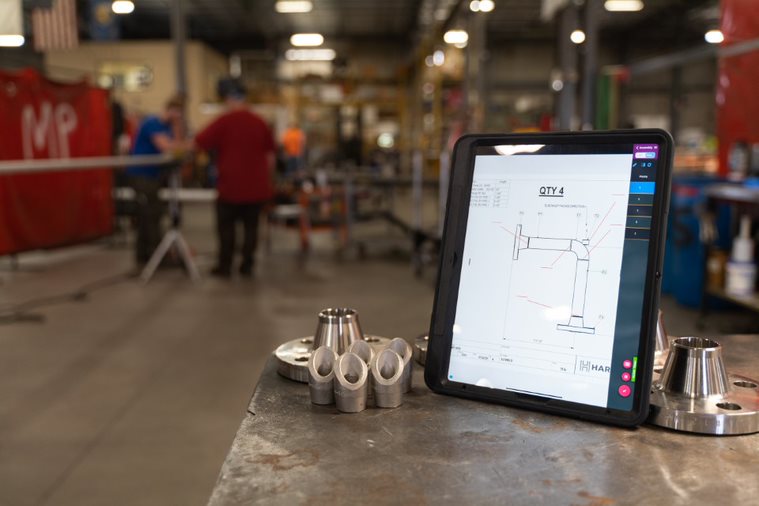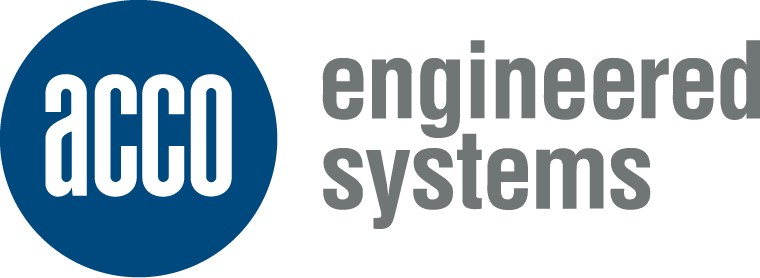Implementing software in a fabrication shop promises to streamline processes, increase efficiency, and reduce errors. But, before you can reap the benefits of new revolutionary changing shop management software, you should take the pulse of your shop and business culture.
This article highlights best practices for managing change, improving your shop’s culture, and implementing the right fabrication shop software.
Change management is an instrumental method for planning, implementing, and managing change effectives within a business to minimize disruption and maximize benefits. Here are some best practices for handling change management:
- Plan: Before making any changes, develop a detailed plan that outlines the goals, scope, timeline, and resources required for the change. Identify all potential risks and design contingency plans to address them.
- Communicate clearly: Communicate the change to all stakeholders, including employees, customers, and vendors. Provide clear and concise information about the change, its reasons, and its potential impact. Consider using streamlined communication channels to ensure everyone is engaged and informed.
- Involve stakeholders:. Solicit feedback and ideas from employees, customers, and vendors, and consider incorporating their input into the change plan.
- Training and support: help employees adapt to the change by training on new processes, technology, or skills and providing ongoing support to address any issues or concerns.
- Monitor progress: Monitor progress throughout the change process to ensure the change is on track and meeting the desired outcomes. Use data and feedback to assess the impact and effectiveness of the change project and make any necessary adjustments.
- Celebrate successes: Recognize employees’ and other stakeholders’ hard work and contributions during and when the project takes off to build momentum and support for future changes.
Construction leaders that practice effective techniques for managing change minimize disruption while maximizing the benefits of the change.
Improving Fabrication Shop Culture
Improving employee culture in a fabrication shop can positively impact morale, productivity, and the bottom line. Here are some ways that a fabrication shop manager can enhance their shop’s employee culture:
Foster open communication:
- Encourage open communication and active listening among employees.
- Create a culture where employees are comfortable sharing their feedback, ideas, and concerns.
- Consider implementing regular team meetings or one-on-one check-ins to facilitate communication.
Prioritize employee development: Offer opportunities for employee development, such as training, certifications, or mentorship programs to help employees feel invested and valued in their careers and can also improve their skill sets.
Recognize and reward achievements: As with change management best practices, rewarding employees boosts morale and motivates staff to continually perform at a high level.
Create a positive work environment: Make the shop a positive and enjoyable workplace by creating a clean, well-lit, and organized workspace. In addition, consider investing in break rooms, comfortable seating, or recreational activities to help employees recharge and de-stress.
Encourage teamwork and collaboration: Foster a culture of teamwork and collaboration by promoting cross-functional communication and encouraging employees to work together to solve problems and share ideas.
Lead by example: As a supervisor or manager, lead by example to demonstrate the behavior you want to see in your staff, which includes being open to feedback, demonstrating a positive attitude, and following through on commitments.
A fabrication shop manager can improve the overall employee culture and create a more engaged and productive team by prioritizing employee communication, development, recognition, and a positive work environment.
Improve Fabrication Shop Software:
Identify your needs and goals: Consider the processes you want to automate or improve, the types of materials and products you work with, and any pain points in your current workflows – the software should be configurable to support different workflows.
Choose the right software: There are many software solutions available for fabrication shops, such as shop management software, design software, and enterprise resource planning (ERP) software. Consider each option’s features, ease of use, scalability, and cost.
Train your staff: Ensure your team is appropriately trained on the software. This will help maximize its effectiveness and minimize errors. Provide ongoing training and support to keep your team up-to-date on the latest features and best practices.
Integrate with other systems: If you have existing systems, such as design, machine, accounting, or inventory management software, look for software that can integrate with other systems to help streamline processes and reduce errors.
Test and refine: Once you have implemented the software, test it thoroughly to ensure it works as expected. Solicit feedback from your stakeholders to make any necessary adjustments to improve the workflow and efficiency.
Back-up data: Regularly back up your data to prevent loss in case of a hardware failure or other issues.
By following these best practices for managing change, improving culture, and implementing software, you can ensure your fabrication shop will improve overall efficiency and productivity.










